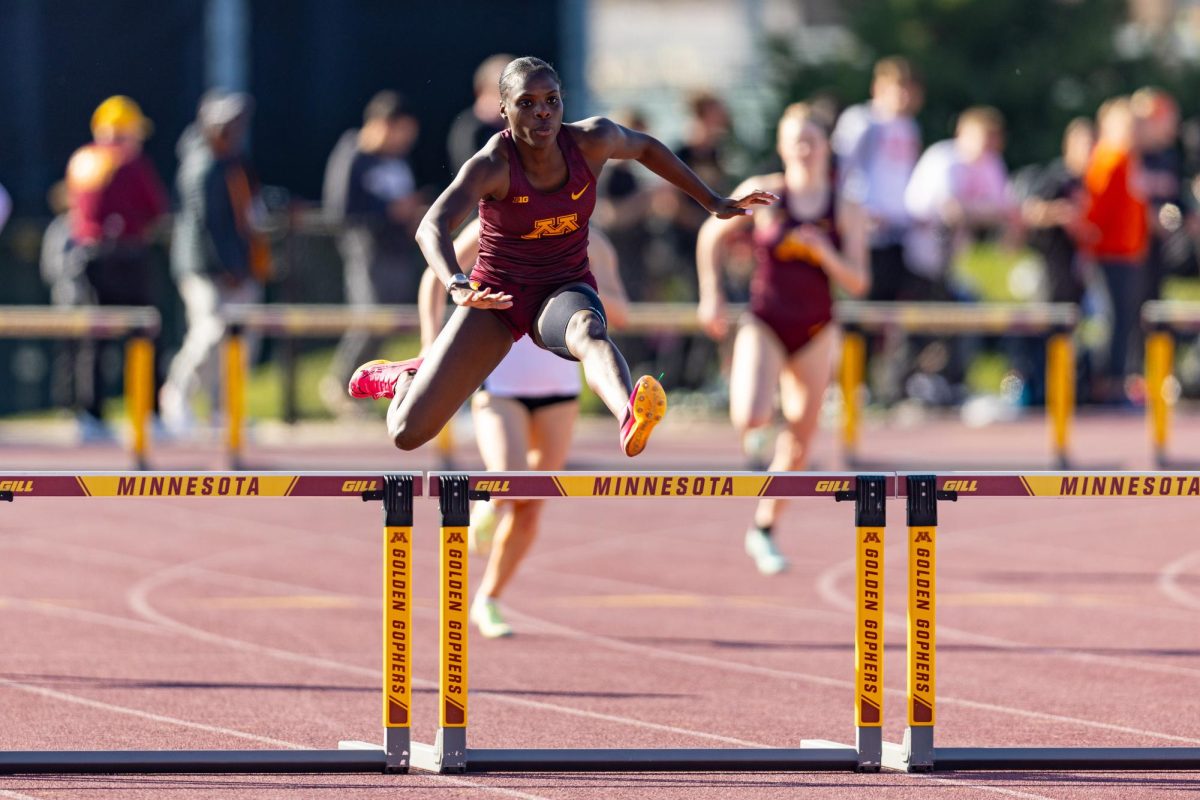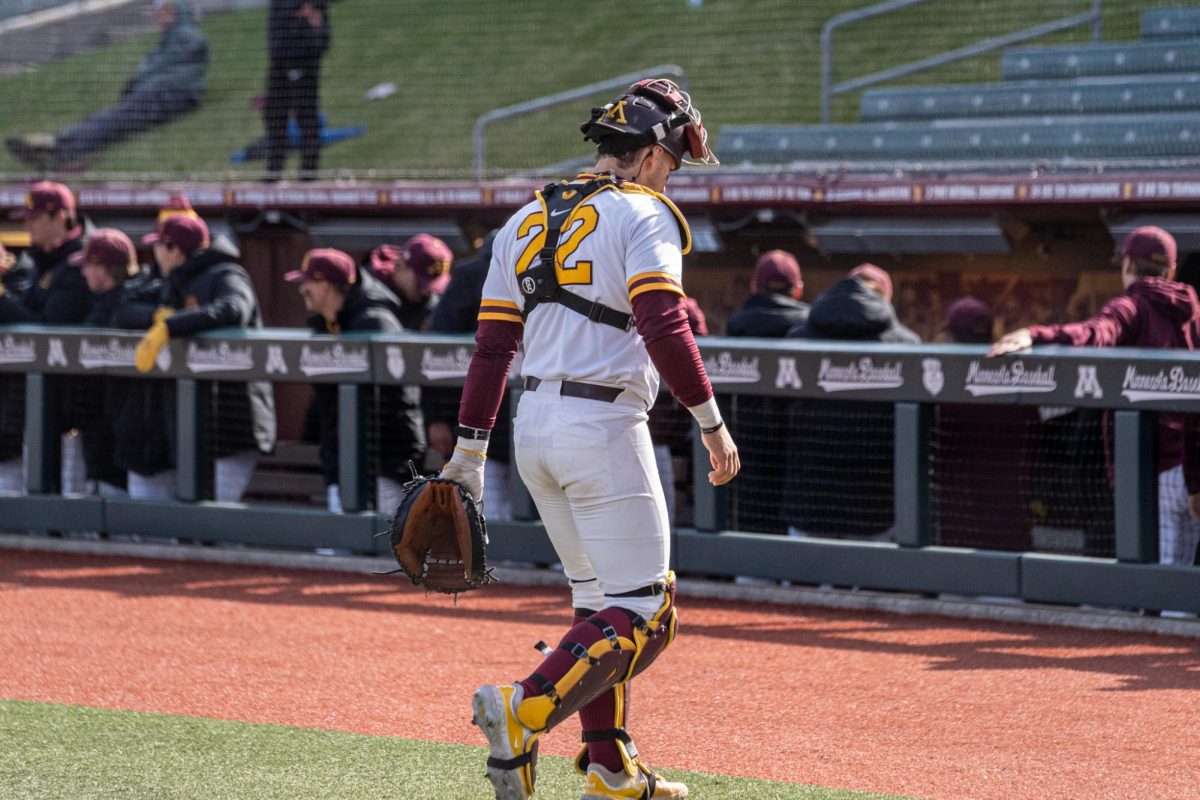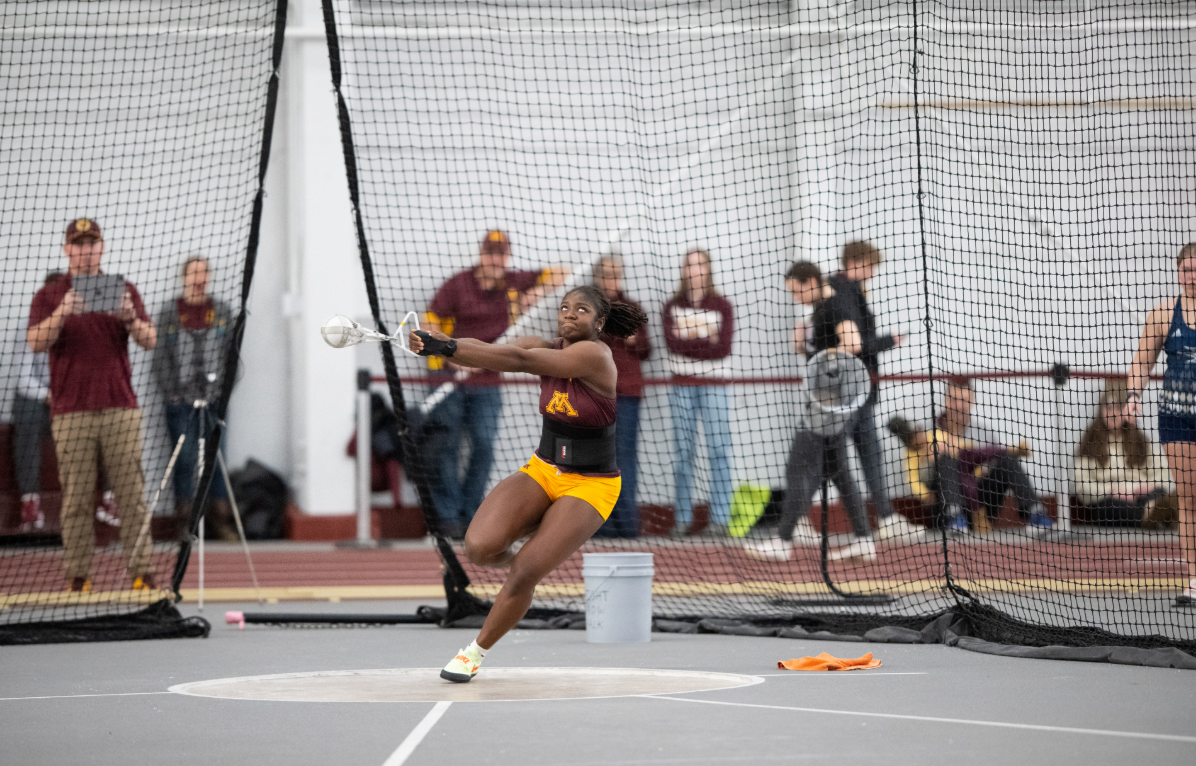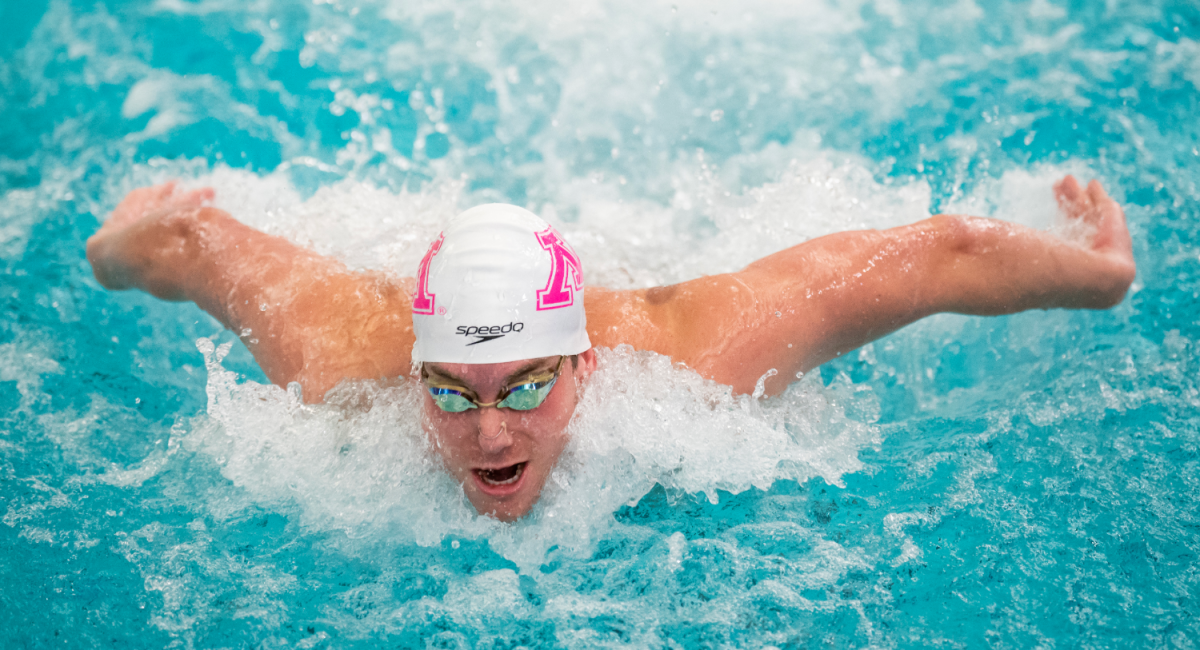Siebert Field ranks last among Big Ten baseball facilities, according to Gophers baseball coach John Anderson.
Despite $2 million from the family of Minnesota Twins CEO Jim Pohlad, the fundraising campaign for a new stadium is still significantly short of the $7 million needed to break ground.
Randy Handel, father of Minnesota shortstop Michael Handel, recently took over the Golden Gopher Fund, the driving force behind the fundraising movement.
Anderson said Tuesday the project had raised just less than $5.5 million, most coming from two- and three-year pledges. If reached, that $7 million would fund just the first stage of a new stadium, which would include a new field, grandstands, entryway, press box and concessions. The fieldâÄôs location and orientation would remain the same, with a few minor adjustments.
There are hopes for a second phase of the new stadium that would include locker rooms and indoor batting cages which are slated to add an additional $7 million to $10 million.
NebraskaâÄôs baseball stadium cost $29.53 million and Purdue is working on $21 million project that will improve its soccer field and add a brand new baseball facility. All told, the new Siebert Field would cost around $15 million, Anderson said.
âÄúWeâÄôre by no means here building the best or the finest baseball facility in the conference. WeâÄôre trying to build something that will be functional and usable and meet our basic needs.âÄùAnderson said that University officials inspect the field every five years, and it was deemed nearly unplayable at its latest inspection.
Minnesota had just four games scheduled at the current facility this past year and played only two of them. The fieldâÄôs grandstands, press box and dugouts are in shoddy condition, and the uneven field causes routine ground balls to jump erratically, Anderson said.
âÄúThe playing surface itself is deteriorated and needs to be repaired, so weâÄôre going to have to do something to it just to have a decent playing surface in the fall for player development,âÄù Anderson said.
Even if the team doesnâÄôt break ground on a new stadium, Anderson said Siebert field will need roughly $20,000 worth of upgrades just to make the playing field safe to practice and compete.
He attended a meeting Tuesday morning to address âÄúshort-haulâÄù needs, which he said include: removing all agriculture limestone from under the field and replacing it to create a more playable, even surface; top dressing the outfield to address sinking spots and holes; and rolling the whole field to compact its surface.
Anderson said he doesnâÄôt like the thought of throwing money to a facility for stopgap solutions, but said itâÄôs necessary by the fall if the team hasnâÄôt yet broken ground on a new stadium âÄî a scenario more likely with every passing day.
Due to MinnesotaâÄôs climate during baseball season and Siebert FieldâÄôs unfavorable conditions, the Metrodome has housed Gophers baseball in recent years. But the DomeâÄôs collapse in December 2010 highlighted MinnesotaâÄôs pressing need for a new stadium.
Anderson said heâÄôd be content with having the Dome as a full-time home if it included consistent year-round access. That isnâÄôt the case, however, as the Dome schedules a plethora of other events. In spite of that, the Gophers have 36 games scheduled for its use next season.
âÄúIf youâÄôre going to have a Big Ten baseball program, youâÄôve got to have a facility,âÄù he said. âÄúI think the Metrodome has bridged that gap for us in the last five years.âÄù
The use of that facility has masked the need for updates to Siebert in recent years, he added.
In the two games and many practices at Siebert last season, Anderson said he was often preoccupied thinking about worst-case scenarios with the facility.
âÄúI was most concerned about the safety of the players [on a poor and inconsistent playing surface] and the spectators at Siebert this year because of how old the facility is,âÄù he said.
Because of debt accrued from building facilities and from âÄî among other things âÄî having to buy coaches out of their salaries, the UniversityâÄôs priorities donâÄôt currently include a baseball stadium.
Furthermore, with state funding to the University dropping off dramatically in recent years, the University is much less able to take on debt and has ordered a zero new debt policy.
âÄúRight now the policy is we canâÄôt get started until we have cash in hand,âÄù Anderson said.
That becomes a problem for the team, because such a large portion of the funds raised are in the form of longer-term pledges, paid out over several years.
In addition to the quality of the stadium, questions have been raised about the fieldâÄôs location.
The stadium sits on 15th Avenue Southeast, an unpaved road that runs parallel to the Northstar apartment complex, not an ideal location for a baseball stadium.
The city of Minneapolis is in the midst of a dispute with the University and NorthstarâÄôs landlord about financing the roadâÄôs repair.
The nearby railroad owns the road beyond the stadium and, according to Anderson, is in charge of that segmentâÄôs upkeep.
Anderson said the current location isnâÄôt his first choice, but is the only viable location for the time being.
-Derek Wetmore contributed to this report







